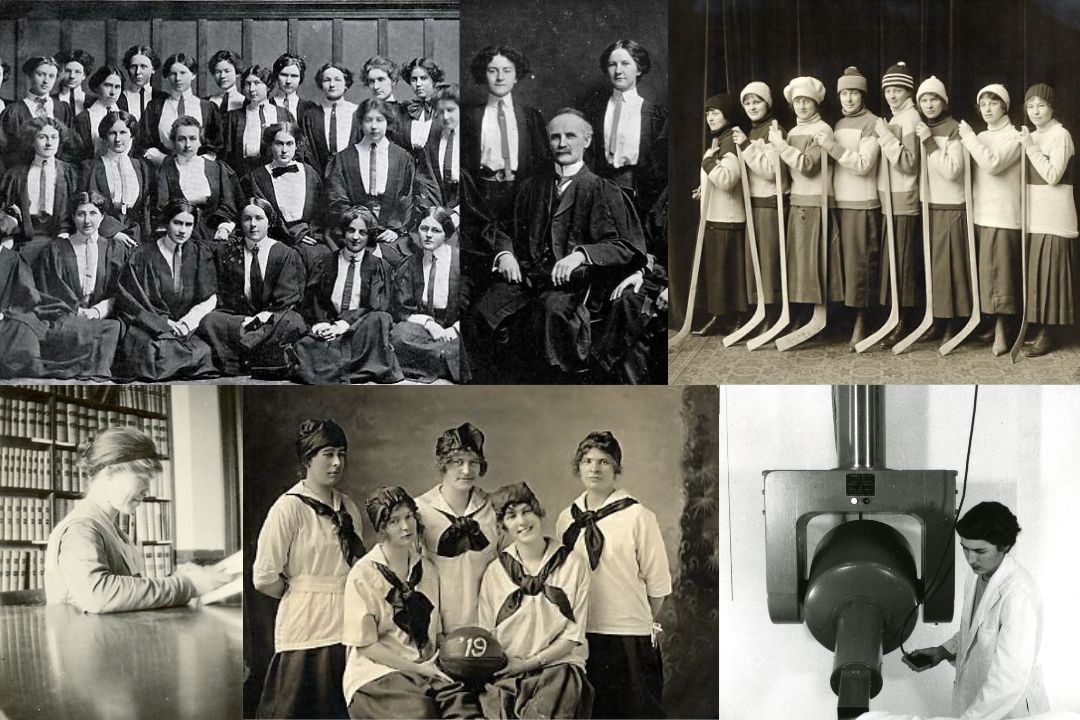
International Women’s Day at USask: Reflecting on history, building the future
The University of Saskatchewan (USask) community recognizes and celebrates the many contributions of women to our vibrant campus this International Women’s Day.
By BROOKE KLEIBOERExplore just a few of the many women throughout USask’s storied history who have led the way in making a difference with their research, academic, community service and athletic accomplishments.
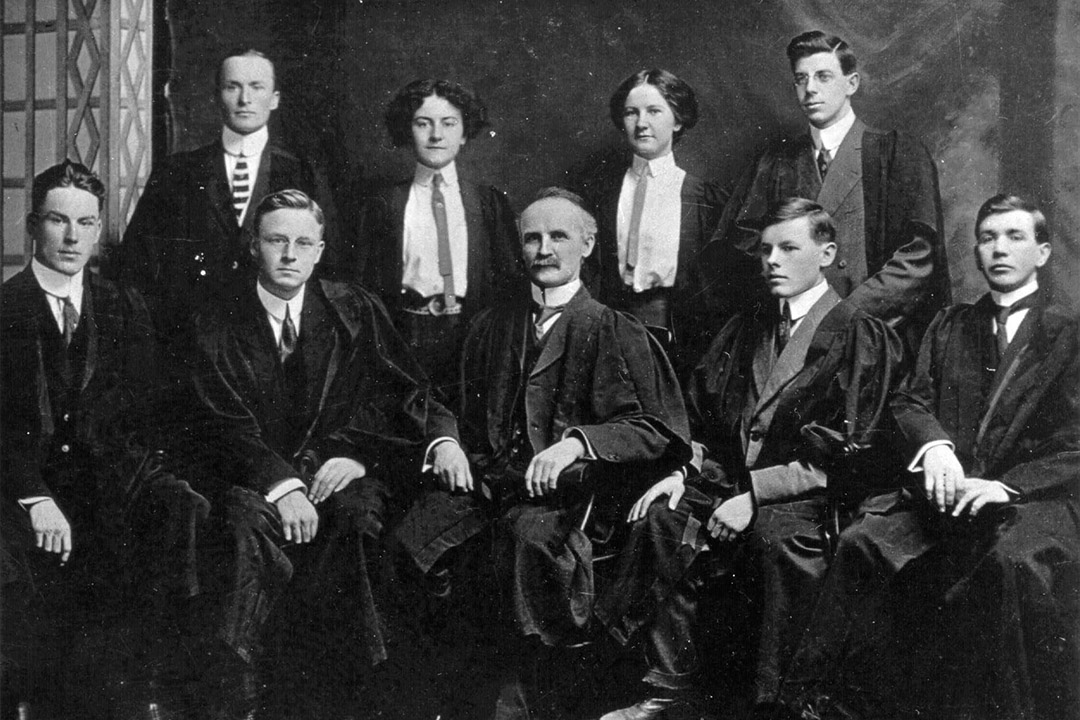
1912-1915: USask celebrates first female graduates
In the original University Act that established the university, it was intended that women at USask should have access to higher education in the same ways as men. The University Act stated “no woman shall by reason of her sex be deprived of any advantage or privilege accorded to male students of the university.”
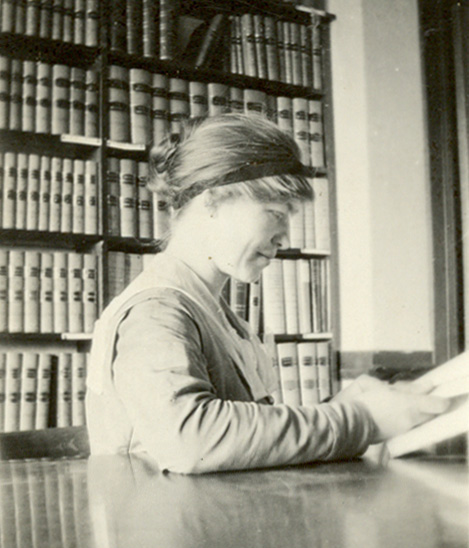
In the first graduating class, Marion Pettit earned a degree with honours in English and history. Mary Oliver graduated with a degree in classics, achieving high honours and earning the Copland Scholarship. Oliver was the top graduate in the class that year. Oliver was also president – and likely a founding member – of the Penta Kai Deka Society, a female student society established in 1911 that continued its social activities and advocacy for female students until the late 1960s.
In 1915, Annie Maude (Nan) McKay became the first Métis woman to graduate from USask, earning a Bachelor of Arts degree. She was an accomplished student who was active in campus life, serving on the student council and the editorial board of USask’s student-run newspaper, The Sheaf, and playing on the women’s hockey team. She was also a tireless volunteer nurse during the pandemic of 1918. After a long career as a staff member at USask, she was chosen as one of USask’s 100 Alumni of Influence in 2007.
The legacies of Oliver, Pettit, McKay and the mandate of the university set the stage for decades of women after them to earn degrees, become pioneers in industries new and old, and pave the way for the leaders of tomorrow.
1911-1940: Women’s sports and student leadership build momentum
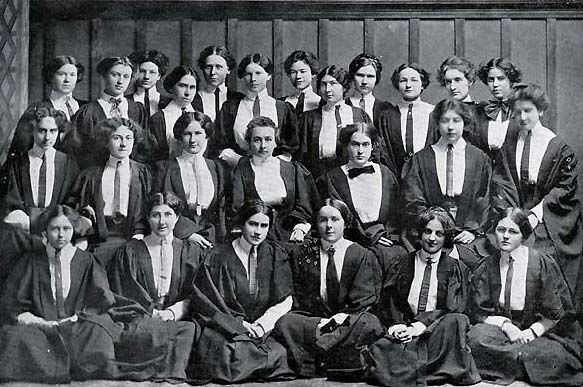
The Pente Kai Deka Society was formed on April 8, 1911, at the home of former USask President Walter Murray. The original group included one of USask’s first-ever female graduates, Mary Oliver. From the Greek words for ‘five and 10,’ Pente Kai Deka originated with the first 15 female students on campus.
Every woman entering the university as a student automatically became a member of the group and was assigned a student mentor to help them navigate university life. Eventually, the group became its own directorate within the Student Representative Council and continued its social activities and support for female students until the late 1960s.
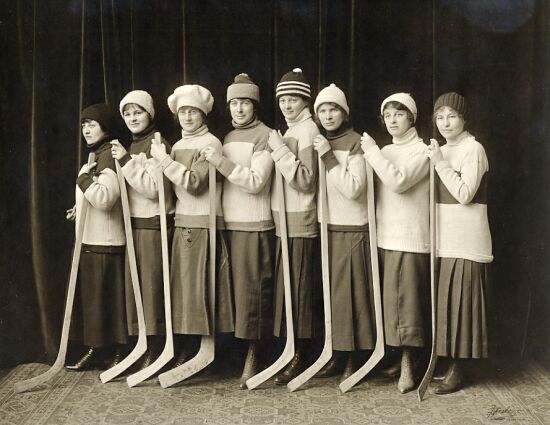
For USask, allowing women equal access to higher education has gone hand-in-hand with allowing equal access to sporting opportunities.
The women’s hockey team is believed to be the oldest women’s sports team in USask history. Women’s hockey became a recognized Canadian Interuniversity Sport in 1997-98, but USask female students have been competing in the sport since 1912. The first known women’s roster was printed in The Sheaf in 1914, and included USask’s first Métis graduate, Nan McKay.
The team started competing against other female teams in 1917. Although a few non-sanctioned Western Canadian games were played, the women’s team started to play under the Huskiette name in 1937 and continued to play with intramural sport status until 1976.
The Huskie women’s hockey team has gone on to become a recognized sports team across Canada, and will host the 2024 GFL U SPORTS Women’s Hockey Championship presented by Connect Energy this year from March 14-17 at Merlis Belsher Place.
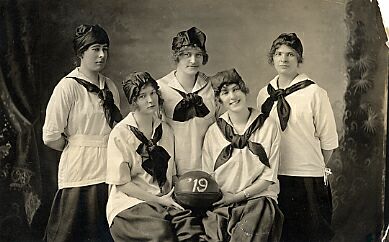
Women’s basketball was also one of the earliest sports with an all-female team to play at USask. With roots that can be traced back to 1917, Huskie women’s basketball has also gone on to be one of the most successful sports teams at USask, with a strong performance in the 2023-24 season led by coach Lisa Thomaidis, a former Canadian national team head coach and current coach of Germany, and who is now in her 25th year of coaching at USask and has led the Huskies to two national titles.
In addition to the two athletic teams mentioned above, USask also offers women’s athletic programs in volleyball, soccer, cross country, track and field, and wrestling, each with their own unique and storied histories of female athletic achievements.
1940s to 1990s: Monumental science, sporting and community service achievements
With strong ties to the Saskatchewan community, USask – and the world – has been fortunate to benefit from the generosity and expertise of alumni and community leaders who have dedicated their time, effort and knowledge to creating innovations and leading projects to create a better world.
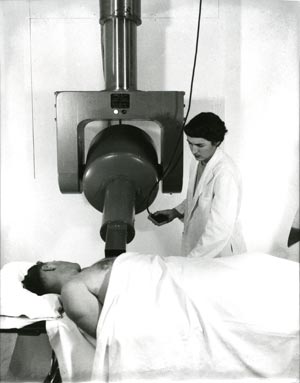
One of the women’s basketball team’s co-captains in the year 1949 was Sylvia Fedoruk, who would later become a nuclear medicine pioneer and the sole female member of a research team studying biomedical physics. Fedoruk’s research team was the first to ever successfully treat a cancer patient with cobalt-60 radiation therapy.
Today, the device and techniques Fedoruk helped develop are used to treat cancer around the world. Fedoruk went on to serve as the first female USask Chancellor from 1986-1989, and later, as the first female Lieutenant Governor of Saskatchewan from 1988-94.
Another example of a past student-athlete and faculty member, former USask Chancellor Peggy McKercher holds a Bachelor of Arts from USask, and spent her career actively serving in municipal politics and community service. She was invested into the Order of Canada in 1995 and served as chancellor from 1995-2001.
McKercher also served as the university representative and subsequent chair of the Meewasin Valley Authority in its formative years, contributing to an innovative and invaluable concept in civic conservation, beautification and development. She also received an honorary Doctor of Laws degree from USask in 2002 in recognition of her monumental community service achievements.
Early 2000s to present day: Building support for the female leaders of the future
Many notable female leaders with strong ties to the USask community are currently and actively building a culture of support and encouragement for the next generation of leaders.
Dr. Vera Pezer (PhD) earned both undergraduate and graduate degrees from USask, and became a prime advocate for student support, playing a key role in building a more supportive environment for students at USask through her work in student services. She went on to serve as USask chancellor from 2007-2013. Besides her many contributions to the university community, Pezer is also a nationally recognized athlete in softball and curling, with a Canadian softball championship and four national curling championships on her record. She is a member of the Saskatchewan Sports Hall of Fame and the Canadian Curling Hall of Fame, a sports psychologist, and coached two teams at the 1988 and 1992 Olympic Winter Games.
Pezer is a supporter of USask scholarship programs and Huskie Athletics programs that support future female student-athletes in their scholarly and athletic endeavours. She continues to be actively involved with the university community today, and was most recently honoured as a Woman of Influence at the Huskie Women of Influence Breakfast held on Feb. 13, 2024.
Current USask Chancellor Grit McCreath is also a USask alumna who has gone on to dedicate her time and energy to the university for almost three decades, as a member of the University Senate and of the Board of Governors, and as the university’s inaugural honorary ambassador. McCreath graduated from the USask College of Education in 1991, and went on to spend 32 years as an educator, serving as a teacher and an administrator, in Saskatoon, Edmonton, Calgary and Toronto.
McCreath and her husband, Scott, have supported USask with many initiatives – including a unique Active Learning Classroom in the College of Education and a scholarship to support Indigenous students attending USask’s Edwards School of Business, to name only a few – and have contributed immensely to supporting the university’s mission to be what the world needs. The chancellor was honoured in 2016 with the University of Saskatchewan Alumni Achievement Award for volunteerism, philanthropy and public service.
With many more examples to be found in the university’s storied history, the contributions of women to the University of Saskatchewan are vast and deeply connected to the campus community.
The university is committed to creating a safe and supportive space for all who work, learn, and study in its community, and believes equity, diversity, inclusion, and a sense of belonging strengthen the community and enhance excellence, innovation, and creativity in all domains. Read more about USask’s Equity, Diversity and Inclusion policy here.
Share your own stories of how women have contributed to the USask community by tagging #USask on social media.
Article re-posted on .
View original article.
Together we will support and inspire students to succeed. We invite you to join by supporting current and future students' needs at USask.

